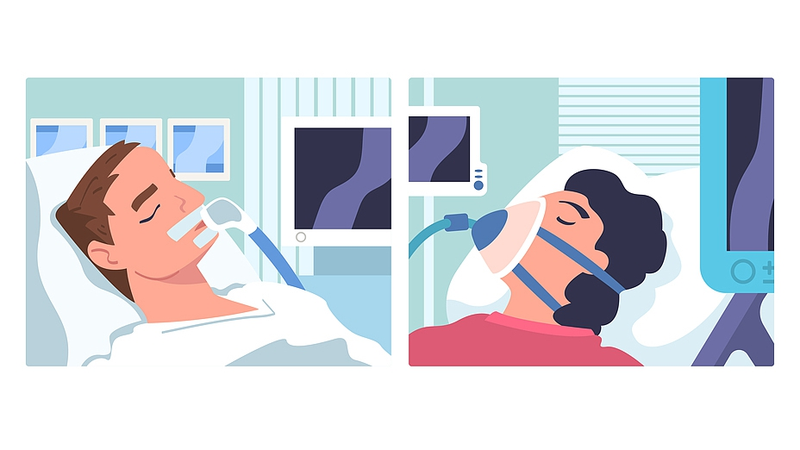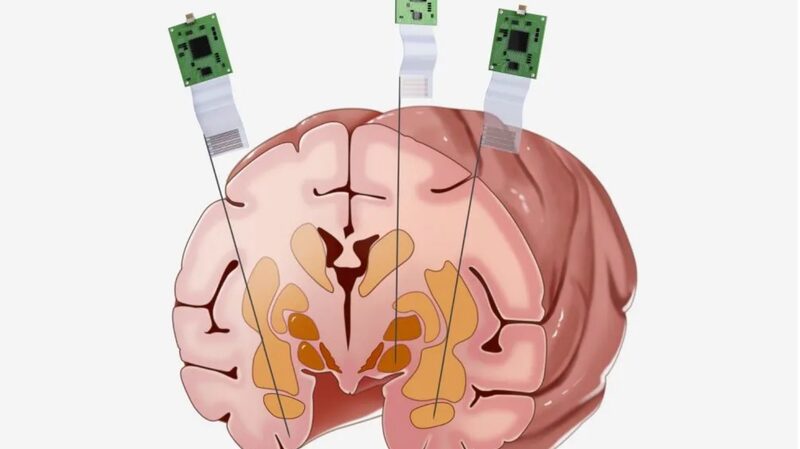In a groundbreaking study, researchers from the University of Haifa have discovered the neural mechanisms by which traumatic experiences can alter brain function, causing mice to perceive previously harmless stimuli as threats and triggering enhanced escape behaviors.
The study, recently published in Nature Communications, provides significant insights into how adverse events can rewire the brain’s response systems. This research could pave the way for improved diagnosis and new therapeutic methods for addressing functional impairments resulting from traumatic experiences in humans.
Experimenting with male mice, the research team exposed them to an initial shock. They observed that, long after the shock event, the mice began to exhibit earlier and more frequent escape responses to stimuli that were previously considered non-threatening.
Delving deeper into the neural pathways involved, the scientists used optogenetics—a technique that employs light to control neurons—to trace these behavioral changes to specific neural circuits. They identified a group of neurons in the superior colliculus (SC), a critical brain structure that governs escape behaviors in mice.
These SC neurons receive inputs from neurons in the medial prefrontal cortex (mPFC) both directly and indirectly. The mPFC neurons are known to initiate escape responses when a threat is perceived. The study found that following exposure to trauma, these neurons undergo alterations that make them more likely to activate the SC neurons, leading to earlier escape behaviors.
“Our findings demonstrate that trauma can cause significant changes in brain function, specifically in the pathways that control fear and escape responses,” explained the lead researcher. “Understanding these mechanisms is a crucial step toward developing interventions that could reverse or mitigate the impacts of trauma.”
Importantly, the team also showed that artificially activating this neural pathway in mice that had not experienced trauma was sufficient to trigger escape behaviors. This suggests that the neural circuitry identified plays a vital role in the safety response to perceived threats.
The implications of this study extend beyond animal models, offering potential avenues for understanding how traumatic experiences may result in long-term changes in human brain function and behavior. By identifying the specific neural changes that occur following trauma, researchers hope to contribute to the development of targeted treatments for conditions such as post-traumatic stress disorder (PTSD).
Reference(s):
cgtn.com








